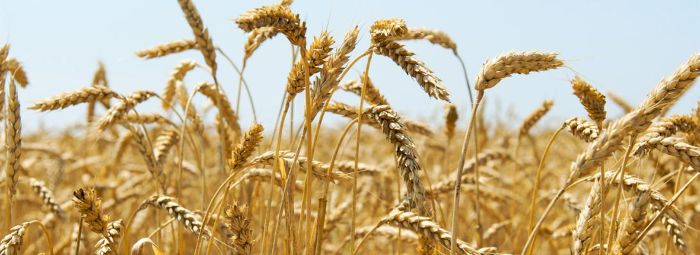(3 Minutes Read)
Namibia is expected to experience a modest uptick in cereal production in 2025, contributing to a broader recovery across Southern Africa following the severe drought that plagued the region in 2024. This is according to the latest Crop Prospects and Food Situation report released by the Food and Agriculture Organisation (FAO) in July 2025.
Despite the positive momentum, Namibia’s overall cereal output is still anticipated to fall below the long-term national average. The report highlights a mixed recovery across the Southern African region, as inconsistent rainfall patterns have resulted in variable agricultural performance among neighbouring countries.
“Angola, Botswana, and Namibia are forecast to register modest increases in cereal yields in 2025,” FAO stated, “but these gains are unlikely to compensate for the previous year’s shortfalls fully, and production will likely remain below average.”
Harvesting of the primary summer cereal crops has largely concluded throughout Southern Africa. However, the region still awaits the winter wheat harvest later in the year. The FAO estimates that total cereal production across Southern Africa will reach 38.5 million tonnes in 2025—more than a 20% increase from the drought-affected 2024 season. This marks a significant turnaround for the region.
In Namibia, the improved harvest is expected to alleviate some food insecurity pressures. The number of Namibians projected to face acute food insecurity during the 2025/26 period is set to decrease from the 776,500 people recorded between October 2024 and March 2025. Nonetheless, food insecurity is likely to persist in pockets of the country that suffered continued dry spells.
Despite the production rebound, Namibia remains heavily reliant on cereal imports to meet domestic demand. For the 2024/25 marketing year, the country is expected to import approximately 333,000 tonnes of cereals. This includes an estimated 105,000 tonnes of wheat, 22,000 tonnes of rice, and 206,000 tonnes of coarse grains.
FAO data indicates that Namibia’s per capita cereal consumption is projected at 114 kilograms annually, comprising 41 kg of wheat, 8 kg of rice, and 65 kg of coarse grains.
In terms of availability, domestic cereal supplies are forecast at 105,000 tonnes—made up of 85,000 tonnes from this season’s harvest and an additional 20,000 tonnes drawn from existing stockpiles. Within that total, wheat production is projected at 20,000 tonnes, and coarse grain output is estimated at 65,000 tonnes.
The country’s total cereal utilisation in 2025 is expected to reach 438,000 tonnes. Of this, food consumption alone will account for about 344,000 tonnes, including 125,000 tonnes of wheat, 23,000 tonnes of rice, and 196,000 tonnes of coarse grains.
Read Also;
Elsewhere in the region, cereal production is expected to vary. Malawi and Mozambique are forecast to record gains in cereal output. While Mozambique’s harvest is set to be slightly above average, Malawi’s overall production is still projected to remain below average, mainly due to inadequate rainfall in the southern parts of the country. Meanwhile, Eswatini and Lesotho are on track for above-average harvests, thanks to more favourable weather conditions during the season.





